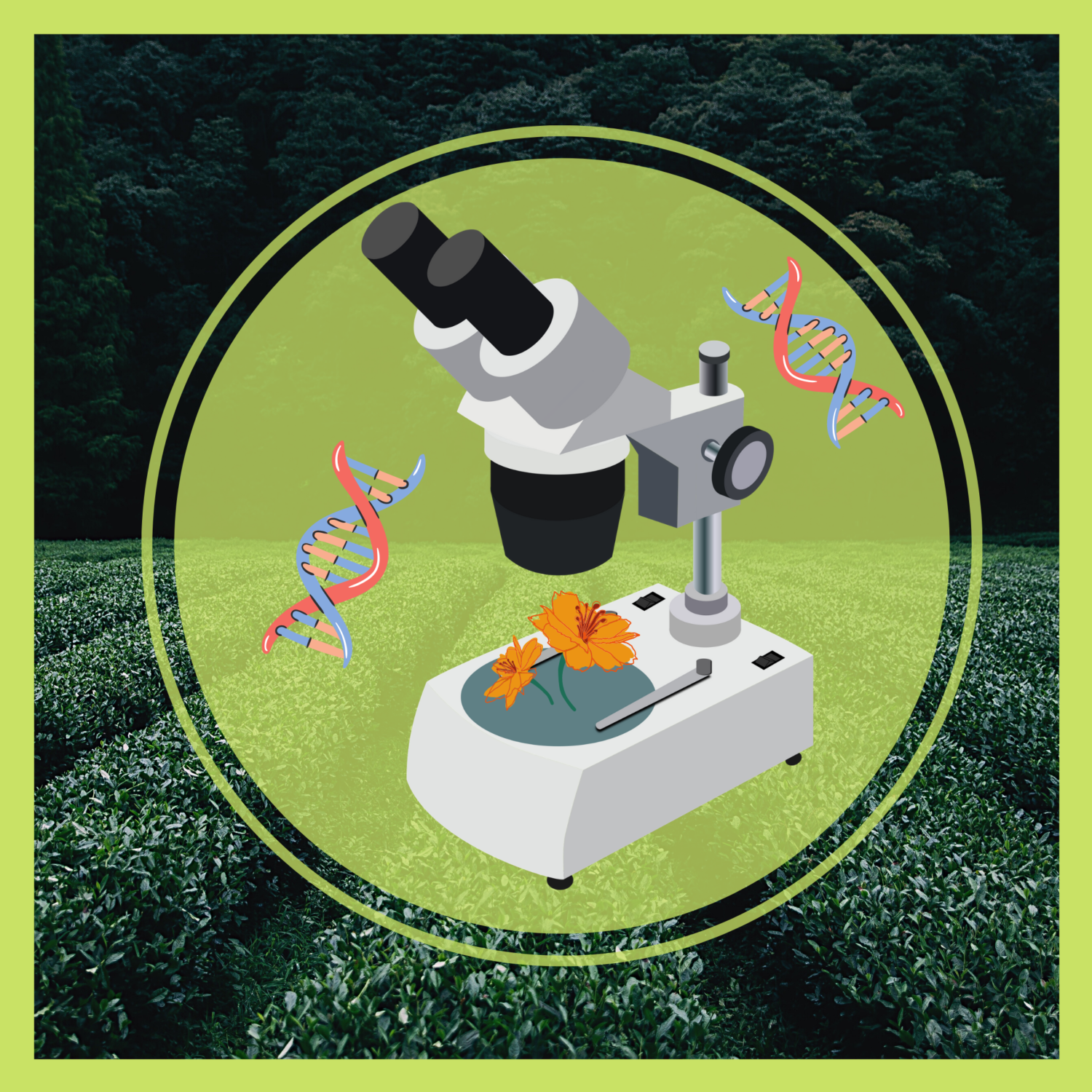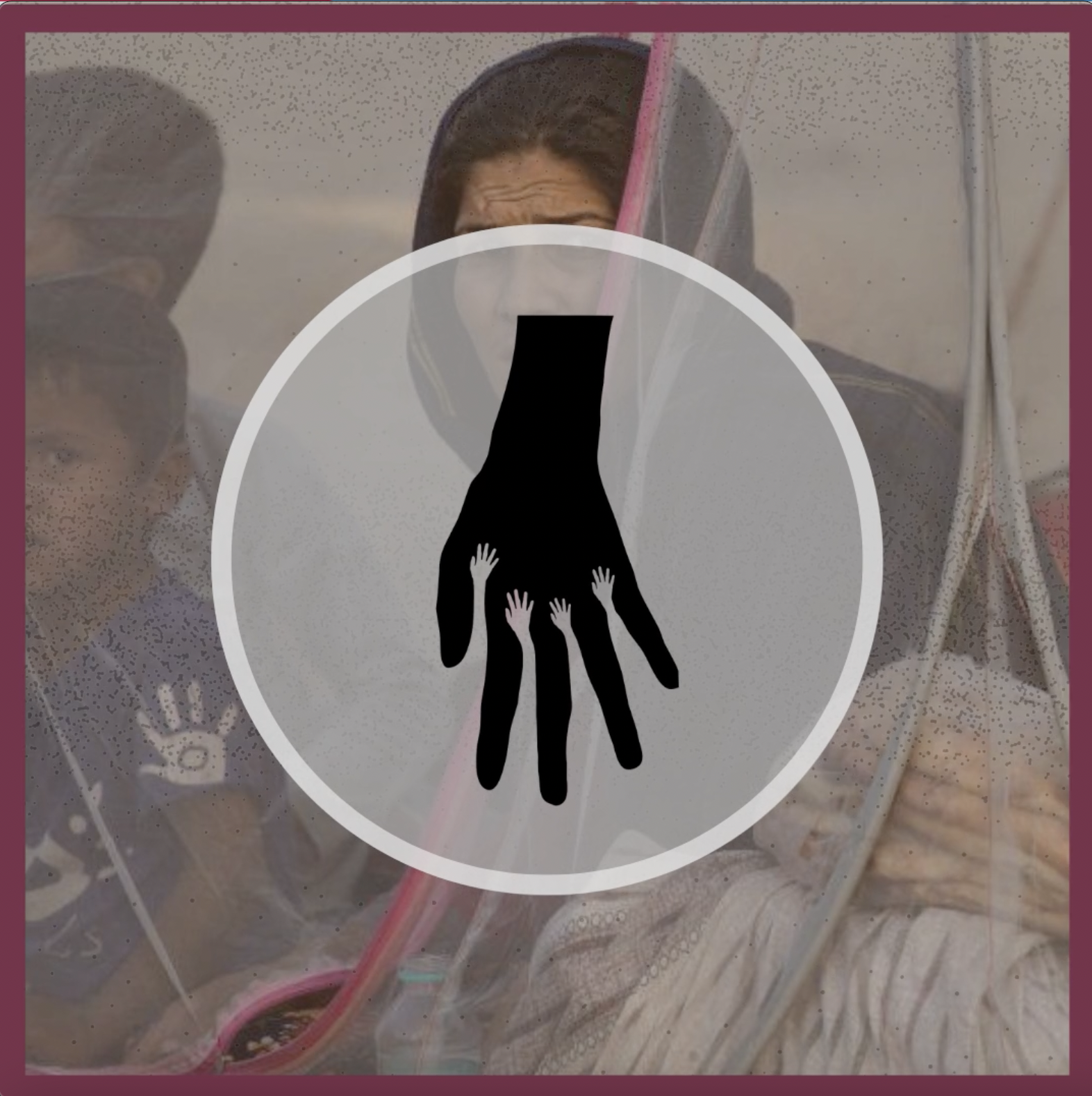One of nineteen children, Janaki was supposed to be married off and, inevitably forgotten. Instead, she chose to pursue her education offshore in the US in 1924. This was unheard of, unprecedented among the Indians. In an age where women were encouraged to get married, bear children and serve their partners, Janaki was determined to study.This was revolutionary on its own! Here’s the story of an unforgettable botanist.
“my work is what will survive”
– Janaki Ammal
Where she came from.
An education for women was a rarity at that time but Janaki not only got a Bachelor’s degree but also completed her Masters and PhD in botany from the prestigious University of Michigan. Her colleagues still remember her as the woman who would take a long broom and clean the streets outside the offices of the Botanical Survey of India to make a statement. Despite being “quiet, unassuming and unobtrusive”, she was an “active and dynamic” colleague, highly determined and steadfast.
In 1935, Janaki was selected as a research fellow in the Indian Academy of Sciences. However, being a single woman from a caste considered ‘inferior’, she faced severe backlash from her male counterparts in Coimbatore. She was let down and restricted. This meant she had to leave for a place with better propositions. But this didn’t mean she ever forget her roots. Instead, as an ethnobotanist (translation- the study of plants and their uses with reference to their uses in local tradition and culture) , she (literally) became an expert on them!
When she moved to the US to attend the University of Michigan after having been granted a huge scholarship, she was, like most travellers from the East, detained on Ellis Island before receiving an immigration clearance.
“I think my long hair and attire in traditional Indian silks allowed me in straight away. They asked me if I was an Indian princess. I did not deny it!”
– Janika Ammal

As you may have imagined, she skipped all the lines, was ushered through immediately and given VIP treatment! 😀
Animals and life decisions.
According to records, Ammal smuggled a squirrel, while travelling from the US to the UK for research. Yes, you read that right. She truly brought a squirrel along with her, hidden in the folds of her sari, to keep her company at the John Innes Institute in London. Why? I think the real question should be, why not? The palm squirrel went on to live with her for multiple years during which she took care of it dearly, a show of her compassion and love for animals.
At a critical point in her life, she seemed to be stuck at a crossroads in her career. She came across a painting by a Chinese artist called ‘Bird and Magnolia’, created with bold strokes and colour schemes.
“It was my last five pounds. But on seeing the painting, there was something prophetic about it“
– Janaki Ammal
The artist had claimed that the bird was a representation of good fortune and would help her find her way. Coincidentally, Nehru, the then prime minister of India, personally requested her to return to her homeland and work for the country about the same time. “It was time for me to go home”. She soon shifted back, a pivotal decision for her career.
The work.
Janaki did her best work on polyploidy chromosomes in the Botanical Survey of India, renowned for her research on sugarcanes and aubergine. Her experimentation led to discoveries about evolution of species and cytogenetics (translation- the study of inheritance in relation to structure and chromosomal function) . She also investigated the effects of colchicine (a substance found in plants) on the cell division of woody plants. Further, Janaki is also known for her hybrids. She interbred a variety of plants, creating new varieties of flora, vegetation and even medicinal plants.

You know the sugarcane India is known and loved for? Janaki was even responsible for birthing this form of sugarcane we hold so dear. It was a new form she developed to be a a lot sweeter than the ones being produced naturally in India. She was able to develop them to produce high yields and strive in the Indian environmental conditions. This helped put India on the sugarcane map of the world as the quality was now much better than that of other suppliers. She even studied methods of sustainable agriculture at high altitudes, ecology and biodiversity.
Furthermore, as an advocate for the environment, she played an important role in the protests against the building of the hydropower dam across a river in Kerala’s Silent Valley, worried about the disruption in the biosphere that would be caused as a result. And all this while fighting the ‘upper-cast’ men and doing the unthinkable as an Indian girl in the 1920s.
The honours that followed.
The Indian phenomenon (if you want to get to know more of them, we strongly suggest looking into Tessy Thomas.) was bestowed with many awards for her pioneering research. She was elected as a fellow of the Indian Academy of Science in 1935 and then of the Indian National Science Academy in 1957. She also received the Padma Shri in 1977. The EK Janaki Ammal National Award on Plant and Animal taxonomy was instituted in her name in 2000. The Janaki Ammal Herbarium in Jammu contains more than 25000 plant species and she has a flower variety, Magnolia Kobus Janaki Ammal, named after her as a tribute. The John Innes Centre offers a scholarship to PhD students from developing countries in her name.

Oh, and maybe I forgot to mention. She co-wrote the Chromosome Atlas of Cultivated Plants with C. D. Darlington in 1945. If you’re unsure of what that is- it is the Bible for botanists.
So girls, while you’re at it- changing the world and its perceptions- don’t forget to break down all and any barriers that stand in your way and have your fun (this includes but is not limited to taking your own personal squirrel along for the ride). Do not forget to enjoy the process and do not miss the moments that truly make the fight worth it. In other words, if they think you’re an Indian princess, congratulations, you’re now an Indian Princes. Make the hard choices. They’ll lead you to beautiful places.
Women in Science? Shocker, we exist. 🙂
If you like this post, you might like some of our other work too!
- March 2022
- August 2021
- July 2021
- June 2021
- May 2021
- April 2021
- March 2021
- February 2021
- January 2021
- December 2020
- November 2020
- October 2020
- September 2020
- August 2020
- July 2020
- June 2020
- May 2020
Subscribe to help us keep you updated each time we post something new!




Leave a Reply